- Home›
- Healthy Living›
- What Is The Best Time To Do Yoga?
What Is The Best Time To Do Yoga?
By: Priyanka Maheshwari Sun, 15 Oct 2023 4:49:07
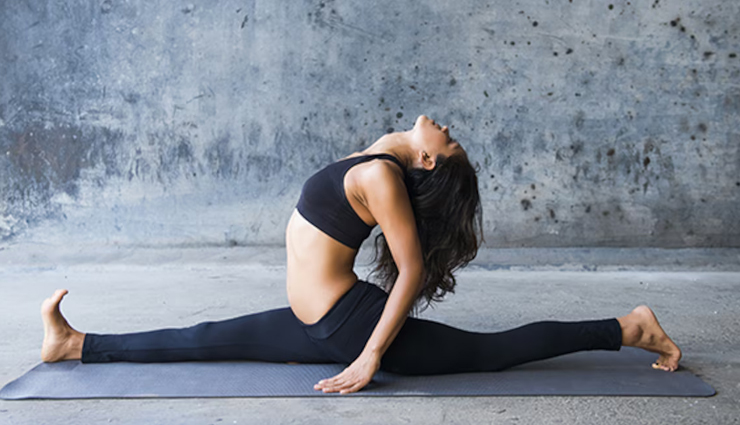
Yoga, with its deep roots in ancient traditions, often brings wonder about the optimal time to embrace its practice. Surprisingly, the timing of your yoga session plays a pivotal role in harnessing its full potential, a fact often overlooked.
Ever pondered why yoga shows are predominantly aired in the morning? There's a rationale behind it, and we're here to unveil the mystery. In this article, we delve into the significance of timing in yoga practice, shedding light on the ideal moments to engage in this transformative ancient art. Let's explore.
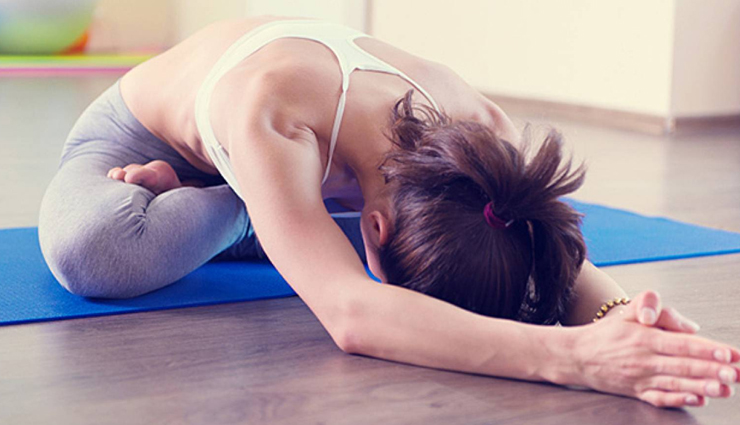
When To Practice Yoga?
In the realm of yogic science, the day is traditionally divided into four distinct phases: Brahma Muhurta, Sunrise, Noon, and Sunset. Each phase carries its own significance, impacting the yoga practice in unique ways.
Brahma Muhurta:
For those seeking spiritual elevation, Brahma Muhurta, the predawn hours, is deemed ideal. During this serene period, the mind is calm, and the spirit is receptive, making it a perfect time for spiritual pursuits.
Sunrise and Sunset:
For physical well-being, sunrise and sunset are opportune times for yoga practice. These moments offer a balance between tranquility and energy, making them suitable for those focusing primarily on physical health.
Noon:
The noon hour is generally discouraged due to mealtime. Yoga requires an empty stomach, ensuring a gap of 4 to 6 hours after eating. Additionally, the midday heat can lead to excessive sweating, potentially causing dehydration.
While Brahma Muhurta is considered optimal, flexibility is key. Choose a time that aligns with your routine and comfort. The essence lies in deriving the utmost from every yoga session. Experimenting with various techniques can enhance your overall experience.
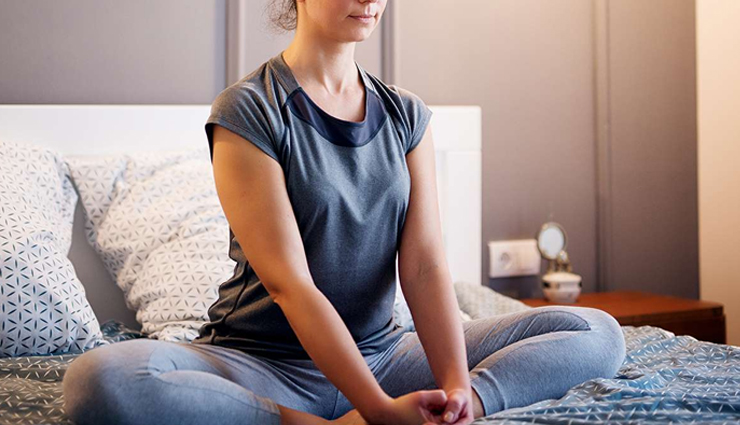
Asanas:
Asanas, or yoga poses, can be practiced in the morning or evening on an empty stomach. However, avoid energizing asanas just before bedtime. Morning sessions help loosen and invigorate the body.
Pranayama:
Similar to asanas, pranayama, or breath control exercises, can be practiced in the morning or evening, but never within two to four hours after a meal. Pranayama energizes the body through controlled breathing.
Meditation:
Meditation is versatile, suitable at any time when you are awake and relaxed. Avoid meditating when sleepy, under the influence of alcohol, or overly excited. Wait for a couple of hours after a meal to prevent drowsiness.
Yoga Nidra:
Yoga Nidra, a state of conscious relaxation, can be practiced anytime, even after meals, as long as you remain awake during the practice.
Fun Fact:
According to the CDC, yoga gained immense popularity in the US in 2017. Statistics revealed a higher prevalence among adults aged 18-44 (17.9%) compared to those aged 65 and above (6.7%). Furthermore, non-Hispanic white adults (17.1%) demonstrated a higher yoga engagement compared to Hispanic (8%) and non-Hispanic black adults (9.3%).
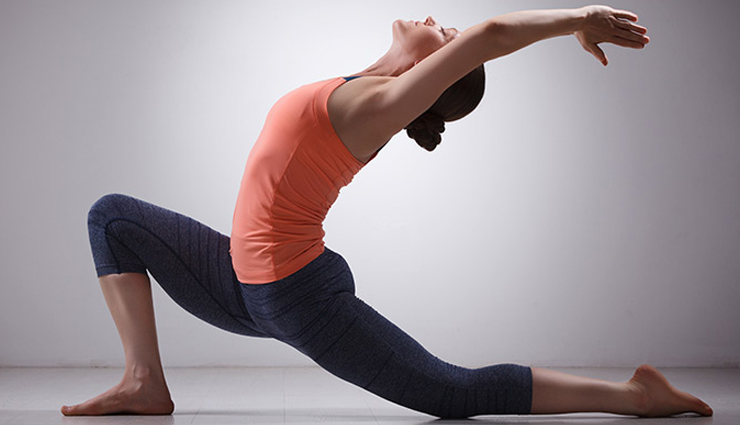
What Is The Best Time To Practice Yoga?
The ideal time for yoga, according to experts, is the serene hours of sunrise. While Brahma Muhurta at 3:40 am might not be practical for many, sunrise offers a practical and effective alternative.
Just like your morning cup of coffee or tea, integrating yoga into your morning routine can have profound effects. The crisp morning air invigorates your senses, preparing you for the challenges that lie ahead. Unlike the jolt from caffeine, a morning yoga session provides a natural energy boost that's unparalleled.
Engaging in yoga poses enhances your flexibility, making you more agile and prepared for the day. Combined with yogic breathing, which clears and energizes your mind, morning yoga fosters a sense of balance. It equips you to handle the hustle of traffic, demanding work schedules, and household responsibilities with calm composure.
Starting your practice right after waking up is crucial. Emptying your bowels, brushing your teeth, and diving into your yoga routine ensures consistency. Morning yoga is particularly beneficial because your muscles and joints are stiffer after sleep. The stretches and movements imbue flexibility, allowing you to navigate your day effortlessly.
Beyond the physical benefits, morning yoga offers mental and spiritual rejuvenation. It awakens your mind and spirit, preparing you to embrace the vibrancy of the day. Moreover, the minimal sweat production in the mornings prevents dehydration, adding to the advantages of this practice.
Given the multitude of advantages it brings, it's no surprise that many traditions consider the morning time sacred. Incorporate morning yoga into your routine, and experience the transformative power it brings to your day.
Manner Of Yoga Practice For Best Results
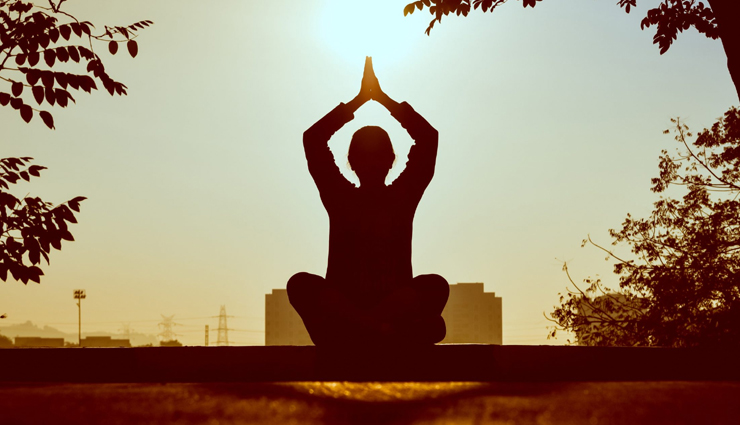
Timing
Embrace the magic of mornings; sunrise between 5 am to 7 am is highly recommended. This period offers both vitality and the freshness of the morning air, creating an ideal atmosphere for your practice.
Place Of Practice
Select a serene and clean space, whether it's within your home, a peaceful park, or a designated yoga area. Ensure your chosen spot allows you to concentrate fully on your practice. Avoid locations with direct sunlight, chilly winds, or excessive insects that could disrupt your focus.

Yoga Accessories
Enhance your practice with the right tools. Invest in a quality yoga mat that facilitates comfortable poses and meditation. Additional items like blocks, belts, cushions, and blankets are valuable, especially for beginners, the elderly, or those with physical limitations. These aids assist in easing into poses effectively.
Clothing
Opt for comfortable, medium-fit attire that enables unrestricted movement. Remove accessories such as glasses, watches, and jewelry to ensure freedom of movement during your practice.
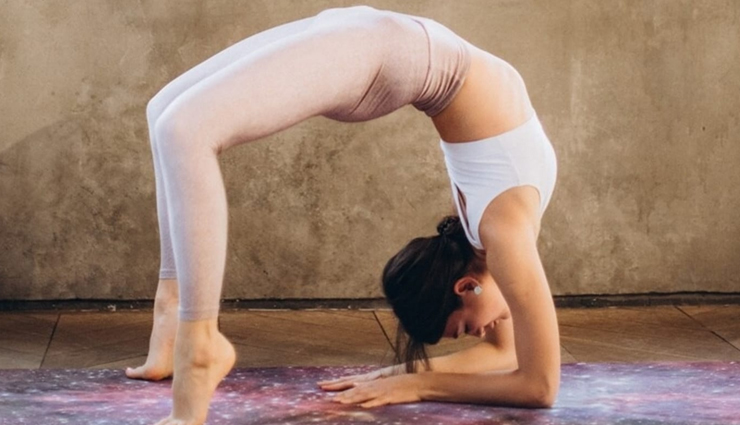
Sequence Order
Follow a structured sequence: begin with asanas (poses), followed by Pranayama (breath control), and culminate in meditation. This order prepares your body physically and readies your mind for meditation. Each step heightens your awareness, enhancing the effectiveness of your meditation practice.
Cautions
Individualize your yoga practice based on age and ability; a personalized approach is essential. Avoid a one-size-fits-all approach without proper consultation. Daily practice is ideal, and by incorporating these tips, you can seamlessly integrate yoga into your routine. Start your journey today and experience the transformative benefits of yoga!





